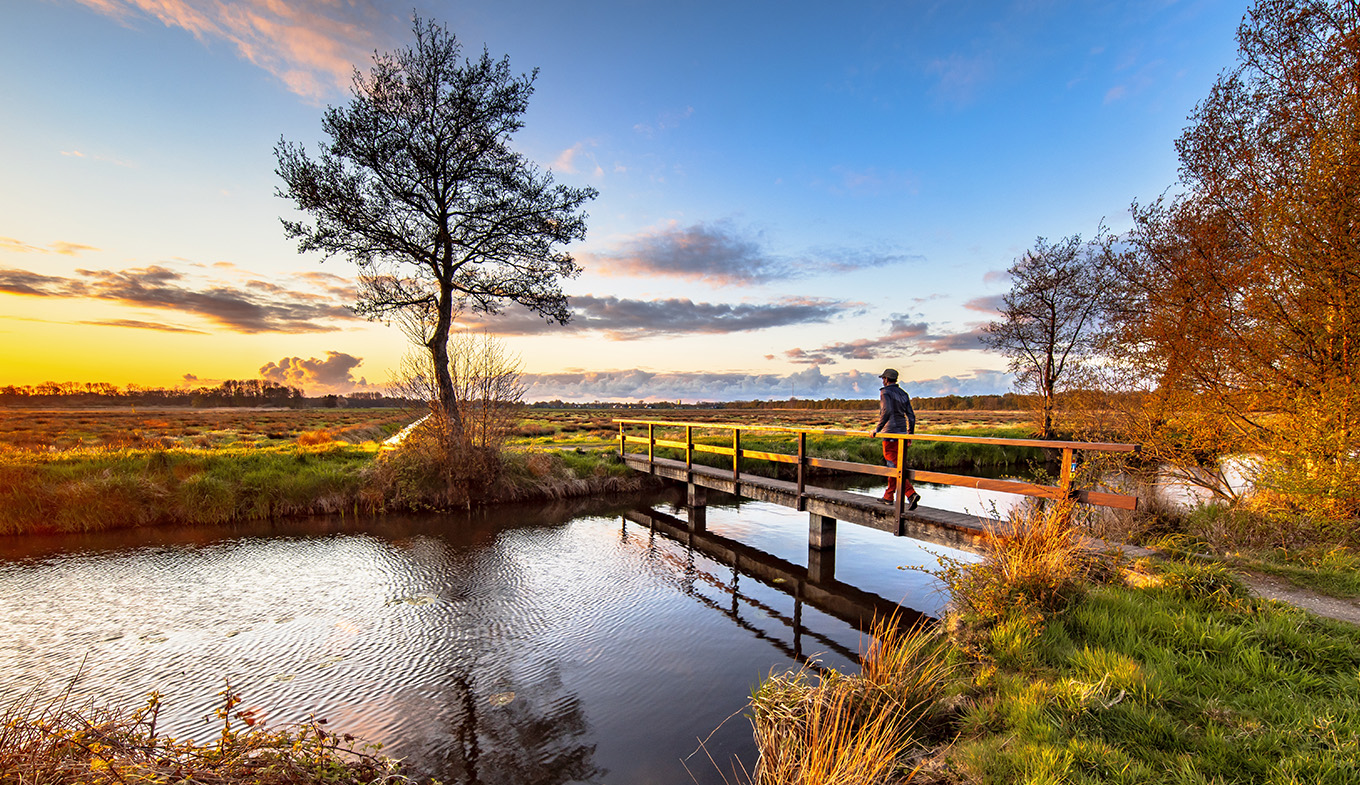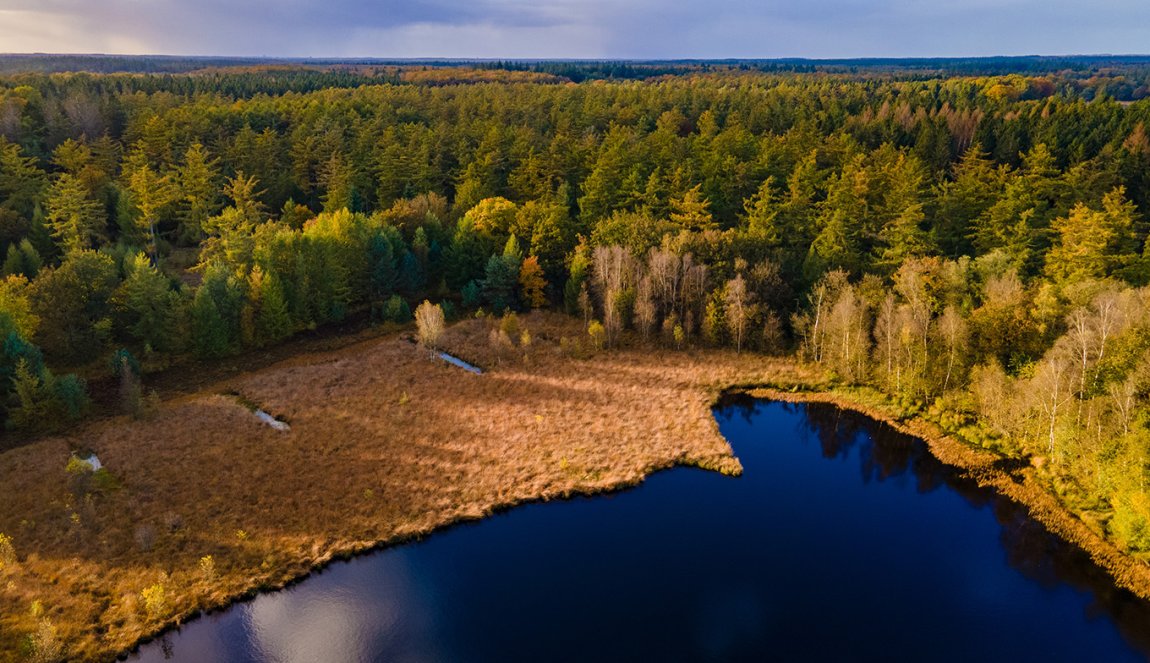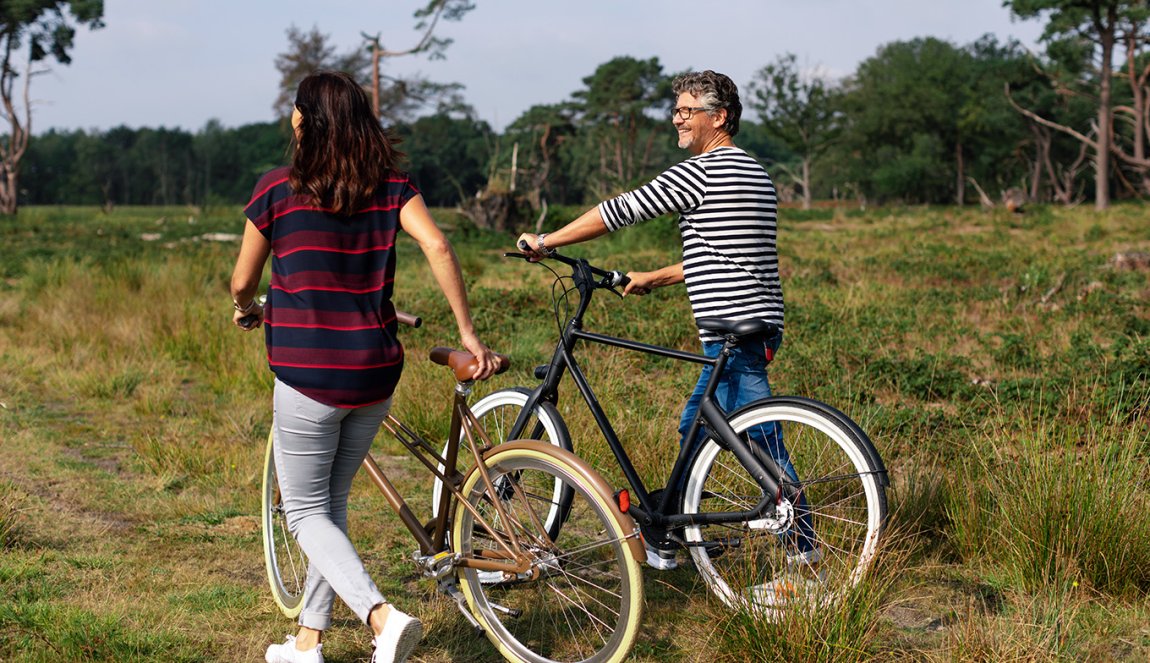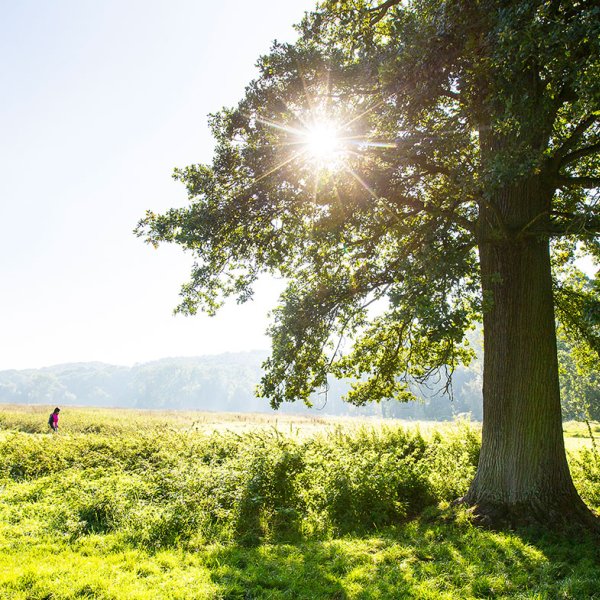
The Drentsche Aa National Park
The Drentsche Aa dates back to the Ice Age when rivers were created by retreating glaciers. In the past, the natural courses of many rivers and other waterways were straightened by men to enable faster drainage and less chance of flooding. However, the Drentsche Aa is one of the few river systems in the Netherlands that has remained relatively untouched by humans. It still freely meanders through the green landscape over a distance of 28 kilometres.
National Park and National Landscape

The Drentsche Aa region has been used for agricultural purposes for centuries and there are 16 villages and hamlets dotted throughout the landscape. For a long time, this habitation made it impossible to designate the Drentsche Aa as a National Park. The solution to this resulted in a very special type of National Park: National river and esdorp landscape Drentsche Aa. An esdorp is a type of village with homes and farmland organised around a central village green. The National Park measures 10,000 hectares, about a third of which is a protected nature reserve. In 2007, the Drentsche Aa also received the status of National Landscape. To make things less confusing, we stopped using the name 'National river and esdorp landscape Drentsche Aa' in 2019, and instead use ‘Drentsche Aa National Park' for the entire Drentsche Aa region. This ranges from the source region in the Hart van Drenthe forest to the lower reaches of Groningen.
There are some real gems to be found amongst all this beautiful, unspoiled nature. One such gem is the wild white lady’s-slipper, a very rare orchid that is protected under European law. A few dozen still bloom in the Drentsche Aa region every year. After World War II, the flower was believed to have died out but in 2000, residents were pleasantly surprised when they stumbled across about 60 specimens. The wild lady’s-slippers in this region are exclusively white, while flesh-coloured flowers with dark spots predominate in all the other places in Northwestern Europe where this flower is found.
Archaeological Reserve

Cycle or walk through the grasslands and along the river valleys of the Drentsche Aa and marvel at the beautiful landscape views and how seamlessly they merge with modern agriculture. The Strubben-Kniphorstbosch is a unique nature area between the villages of Schipborg, Anloo and Annen. It is unique because of its many archaeological monuments, which include various burial mounds and tombs from almost every prehistoric period. The Galgenberg is one of the largest and dates from the Bronze Age.
You can also see two hunebedden or dolmen here and archaeologists have established that there used to be at least two others. The Strubbenbossen is a nature area that is characteristic of Drenthe’s natural landscape. ‘Strubben’ means undergrowth and, in this case, it refers to low, irregularly shaped oak trees. The striking shape of the Strubben is due to sheep gnawing branches of saplings at the edge of the field. This causes the branches to grow in different shapes.
The Drentsche Aa is undoubtedly a unique part of Dutch nature. The typical Drenthe landscape draws you in and invites you to lose yourself in the beauty of nature. The ancient, mysterious hunebedden and rare wild lady’s-slippers create a truly special experience. The landscape is diverse and home to a rich variety of plants and animals. It is a true paradise for walkers, cyclists, nature lovers or anyone wishing to enjoy the tranquillity and beauty of the unique combination of cultural history and unspoiled landscape.
